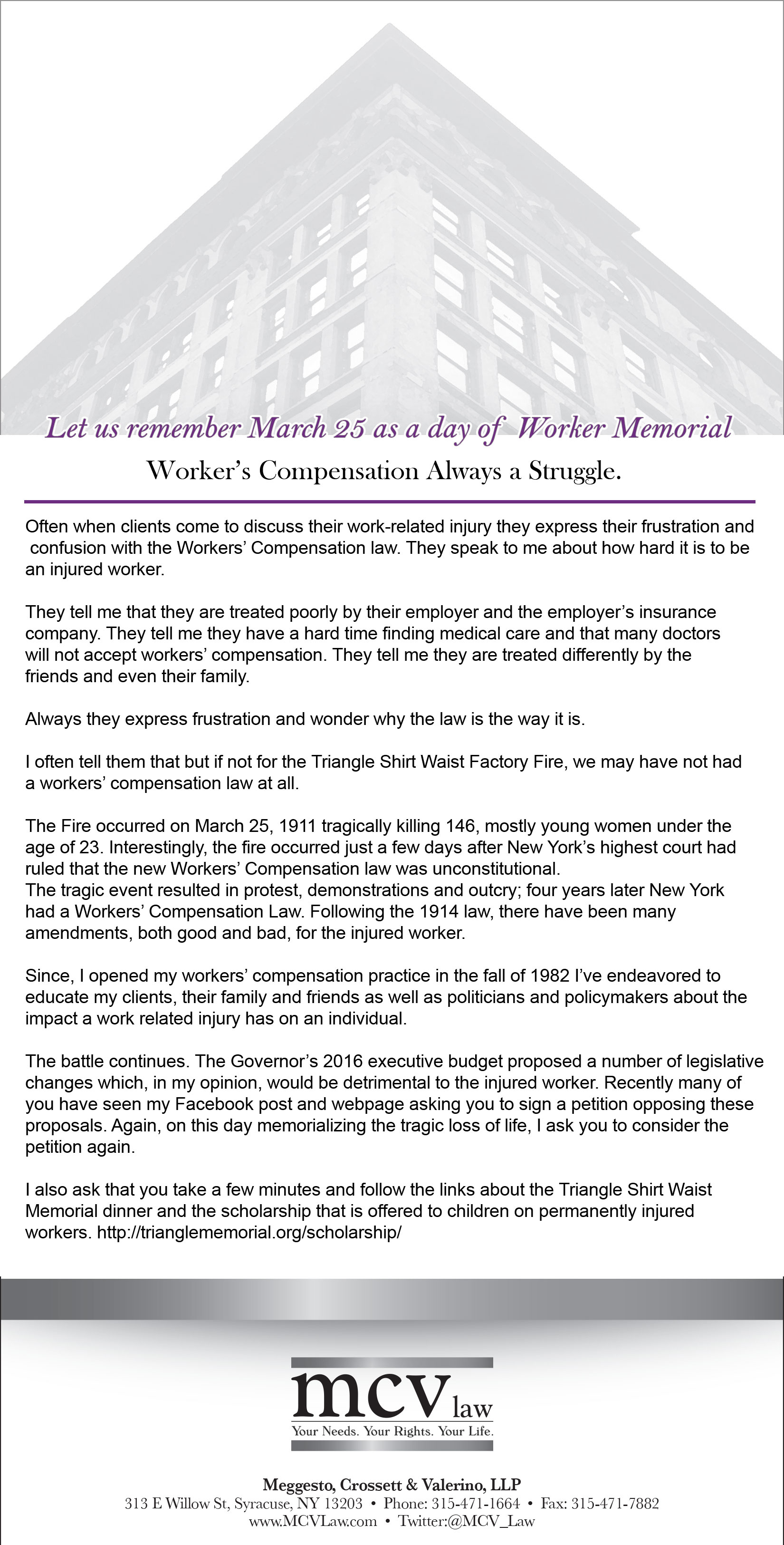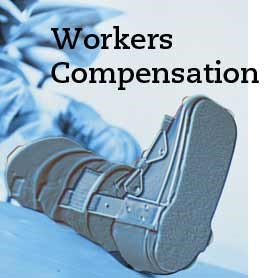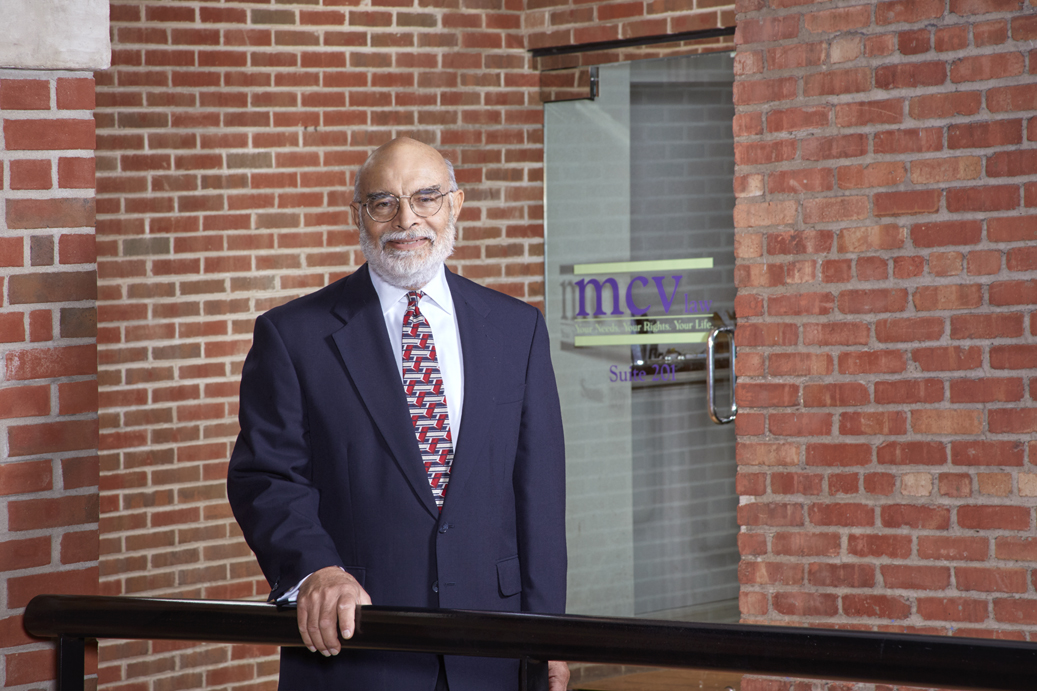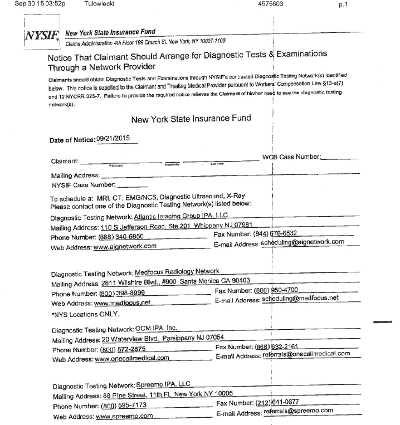The Trial Work Period is a program where Social Security allows SSDI beneficiaries to try to return to work without losing their benefits.
During the first nine months that you return to work, you will continue to receive your SSDI benefits. At the end of nine months of work, your trial work period is over, and the SSA will decide if you have been doing “substantial gainful activity,” or SGA. (SGA for 2017 is generally earning $1,170 or more per month.) If your average earnings are over the SGA amount, your SSDI benefits will end. You must report your work activity and earnings to Social Security.
You are entitled to nine trial work months during your trial work period(which is 60 months), and a month doesn’t count toward your nine months if you make less than $840 (gross per month) or if you work less than 80 hours per month in self-employment (irrespective of the amount earned).
Also, if you have expenses that are incurred in the course of your employment that relate directly to your disability (such as needing a specific type of computer or a certain type of wheelchair), the Social Security Administration will deduct those expenses from your gross earnings before they determine if you are over the limit.
The part that traps a lot of people I speak with is that your nine trial work months need not be consecutive, so there can be gaps between your trial work months that count toward your nine-month limit. You only get 9 trial work months in a 60 month period.
Once you have used nine trial work months during any five-year period, you have exhausted your trial work period and are not entitled to another trial work period (unless your SSDI benefits end due to working, and you subsequently become entitled to benefits again by submitting a new application for SSDI benefits or through expedited reinstatement.
Still Have Questions On Trial Work Period? Get Answers From SSDI Lawyers
Contact our SSDI lawyers near Syracuse, NY and Watertown, NY for a free initial consultation.
 Partner
Partner








































 Try Our Workers Compensation Benefits Calculator!
Try Our Workers Compensation Benefits Calculator!







 1. Do I have to attend? Yes, the insurance carrier is entitled to have you examined by their doctor. If you do not attend it will harm your case. Your benefits may be stopped, and your treatment and prescriptions suspended.
1. Do I have to attend? Yes, the insurance carrier is entitled to have you examined by their doctor. If you do not attend it will harm your case. Your benefits may be stopped, and your treatment and prescriptions suspended.







